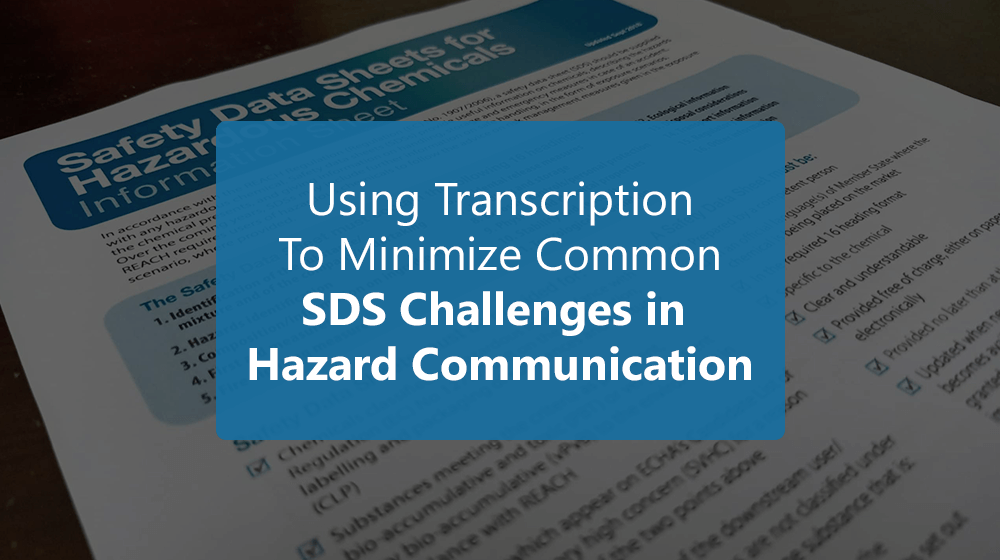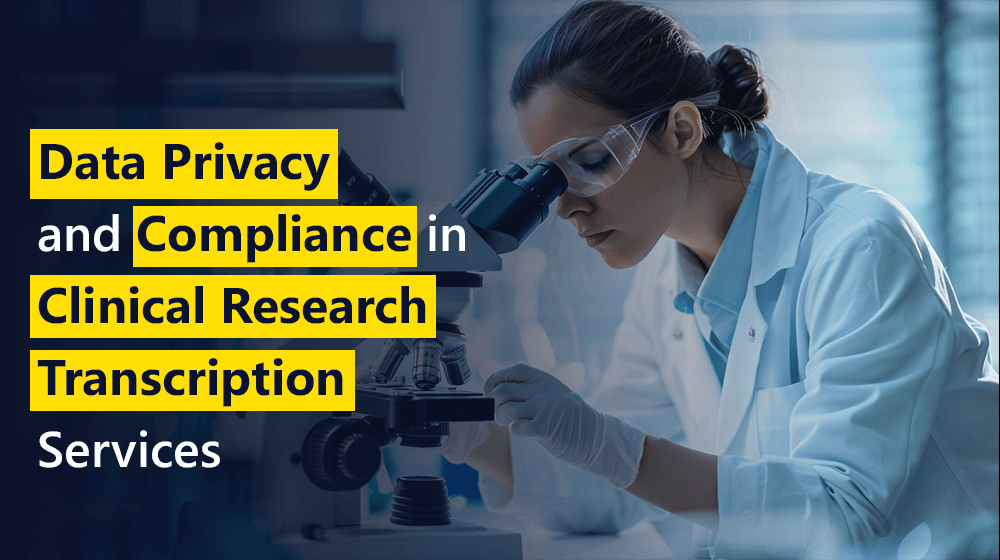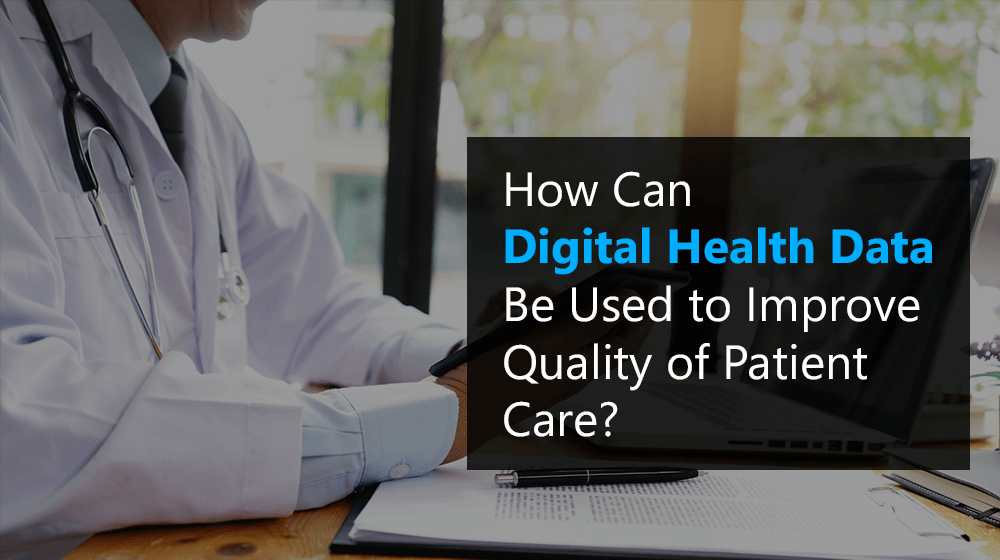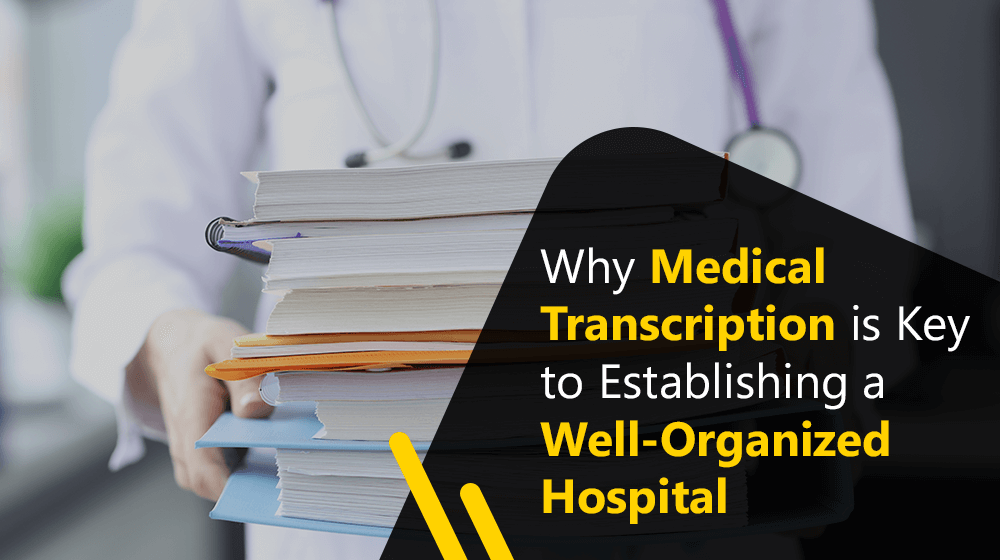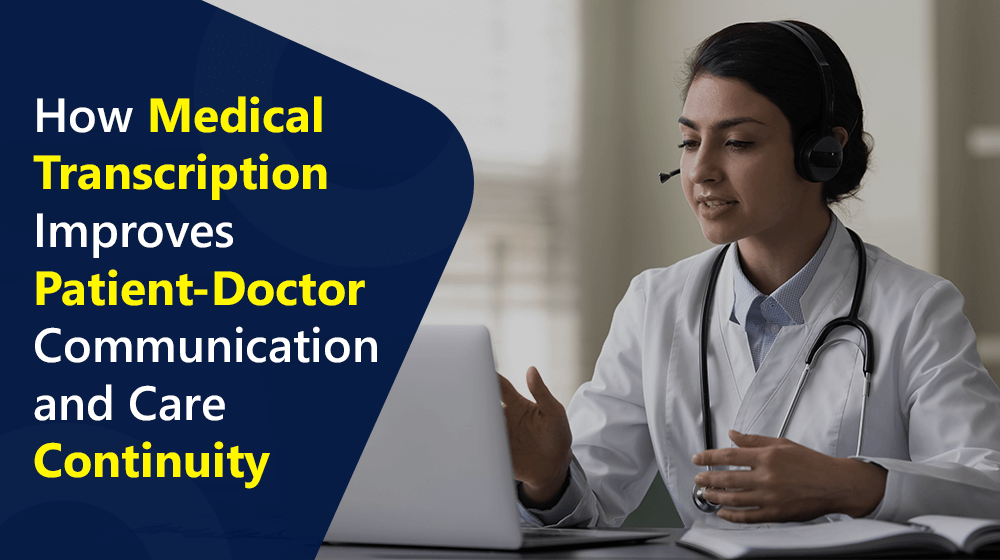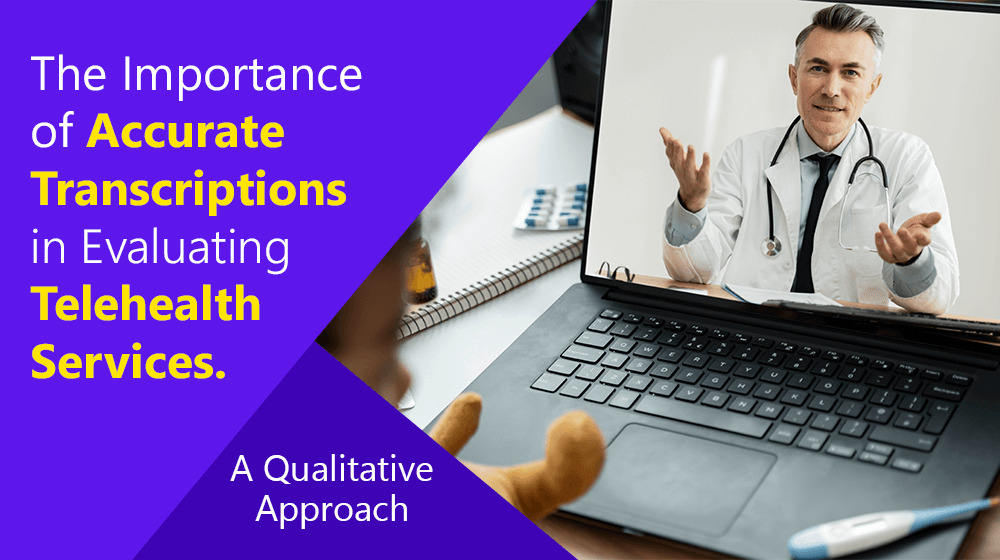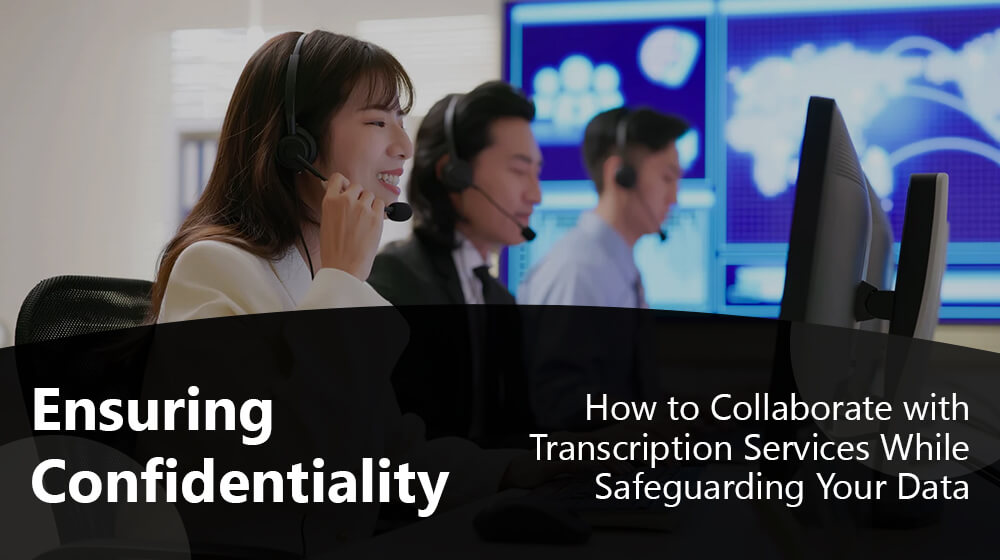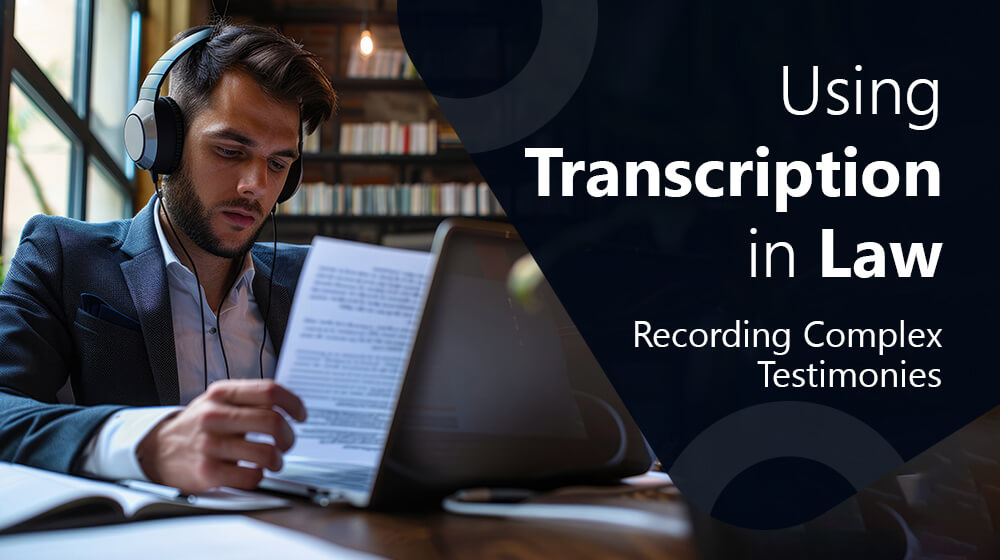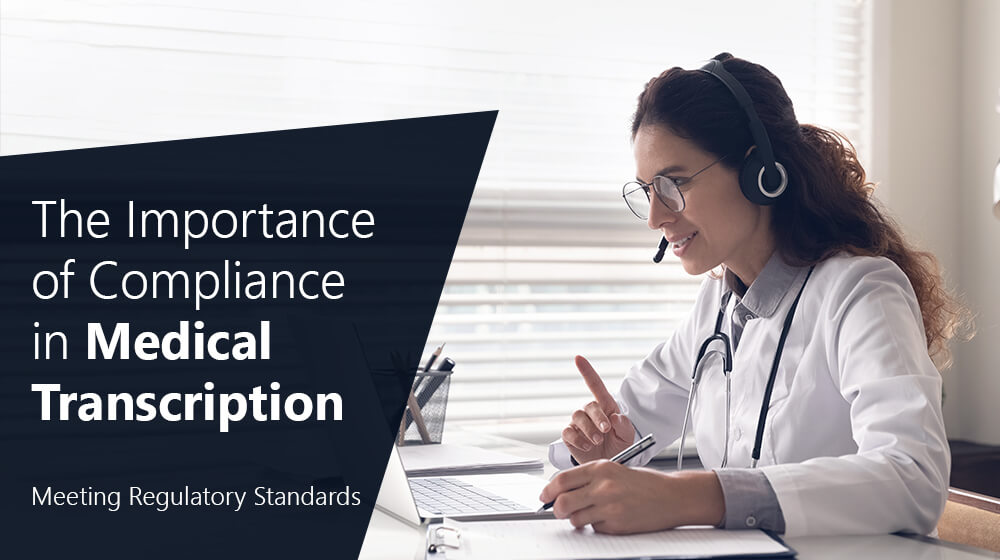In 2024, the United States faces the highest average cost of a data breach, reaching $9.36 million. This underscores how critical it is to protect sensitive information, especially for transcription services that handle confidential data at various stages. Keep reading to learn about the best practices transcription providers use to ensure data security.
Here are the best practices to ensure top-notch data security in transcription services:
Ensuring Encryption of Sensitive Data
One of the basics in securing transcription services is encryption, both during storage and transmission. Advanced encryption methods like AES-256 are employed to protect data at rest, while SSL (Secure Socket Layer) or TLS (Transport Layer Security) encryptions are used to secure data during transmission.
This means that even if unauthorized individuals intercept the data, they won’t be able to access or decipher it. Encryption ensures that the confidentiality of sensitive information, such as medical records or legal discussions, is maintained throughout the transcription process.
Developing Role-Based Access Controls
Limiting access to sensitive information helps in maintaining security. Role-Based Access Controls (RBAC) ensure that only authorized personnel, such as transcriptionists and subject matter experts can access highly sensitive data.
By assigning different levels of access based on roles, transcription service providers prevent other team members from viewing or editing confidential data. This minimizes the risk of internal breaches and promotes fair access.
Investing In Secure Data Storage Solutions
Storing transcribed documents securely is a must for preventing unauthorized access. Transcription service providers use cloud-based storage solutions that offer enhanced security protocols including multi-factor authentication (MFA) and biometric verification. These solutions protect data with multiple layers of security and ensure regular backups to prevent data loss.
Moreover, service providers comply with regulatory standards like HIPAA (Health Insurance Portability and Accountability Act) in healthcare to safeguard patient or client information. Secure storage solutions also offer controlled data retention policies, which ensure that data is stored for only as long as necessary and is securely deleted afterward.
Have Regular Security Audits
Regular security audits also help with data security. Transcription service providers should perform audits to detect loopholes in their security systems. These audits conducted quarterly or annually, help identify potential weak points that might expose sensitive data to risks.
By staying proactive and identifying vulnerabilities before they are exploited, providers ensure that their security measures are always up-to-date and capable of defending against emerging threats. Audits also highlight a commitment to data security, which helps build trust with clients.
Following Industrial Compliances
Compliance with industry standards is considerable for transcription services that deal with sensitive information. For example, HIPAA compliance is necessary for healthcare transcription, ensuring the security of patient data.
Sticking to these regulatory standards ensures that transcription service providers implement the necessary security protocols and safeguards to protect sensitive information. Also, it reduces the risk of legal repercussions in case of a data breach.
Implying Data Anonymization and Redaction
In some cases, transcription services anonymize or redact sensitive data to further enhance security. This includes removing personal identifiers from transcripts so that even if data is exposed, it cannot be traced back to the individual.
Anonymization protects the privacy of clients, patients, or legal entities, and it’s a mandatory practice when sharing transcripts for public use or research purposes. It is mostly applied to protect specific pieces of information, such as credit card numbers, medical diagnoses, or personal contact information.
Having Multi-Layered Authentication Systems
Incorporating multi-layered authentication systems is another effective way to ensure that only authorized individuals access sensitive data. These systems can include two-factor authentication (2FA) or multi-factor authentication (MFA), where users must provide multiple forms of identification before gaining access.
For instance, users might need to enter a password and verify their identity through a one-time code sent to their mobile device. This extra layer of security ensures that even if passwords are compromised, unauthorized users cannot access confidential information.
End-to-end security for Remote Transcriptionists
In an evolving digital landscape, millions of transcriptionists work remotely. Ensuring data security for remote workers requires additional safeguards, such as using Virtual Private Networks (VPNs) to encrypt internet connections and secure file-sharing platforms.
Remote transcriptionists should also use secure, encrypted devices for accessing and transcribing sensitive information. By following these practices, service providers ensure that data security is maintained outside of a controlled office environment.
Developing Data Breach Response Plans
Even with the best preventive measures, data breaches can occur. That’s when Data Breach Response Plans come to the rescue. This plan should include identifying the breach, containing it, notifying affected clients, and minimizing damage by securing vulnerable data.
A well-structured response plan lowers the impact of a breach and ensures compliance with legal requirements, such as breach notification laws. A quick and honest response helps maintain client trust in these critical situations.
Employee Training on Data Security
Employee training might be an overlooked practice, but is of great help. Employees should be well-versed in data security protocols, such as recognizing phishing attempts, securely handling sensitive information, and reporting suspicious activity.
Regular training sessions and updates ensure that employees are aware of the latest security threats and understand their role in protecting client data. This practice helps create an aware workforce that actively contributes to risk minimization.
Conclusion
Data security in transcription services relies on key practices including encrypting data, limiting access through role-based controls, and using secure storage are essential. Regular security audits, compliance with laws , and removing personal details from transcripts adds further protection.
Multi-factor authentication ensures only authorized users can access sensitive information, and remote transcriptionists need secure tools. Employee training and having a data breach response plan are also important for minimizing risks and keeping trust. By following these practices, transcription providers can protect sensitive data effectively.
At ANT Datagain, we offer cost-effective transcription services tailored to your needs, backed by advanced security measures to protect your data.
Contact us today and experience the accuracy and professionalism that will elevate your next project.






